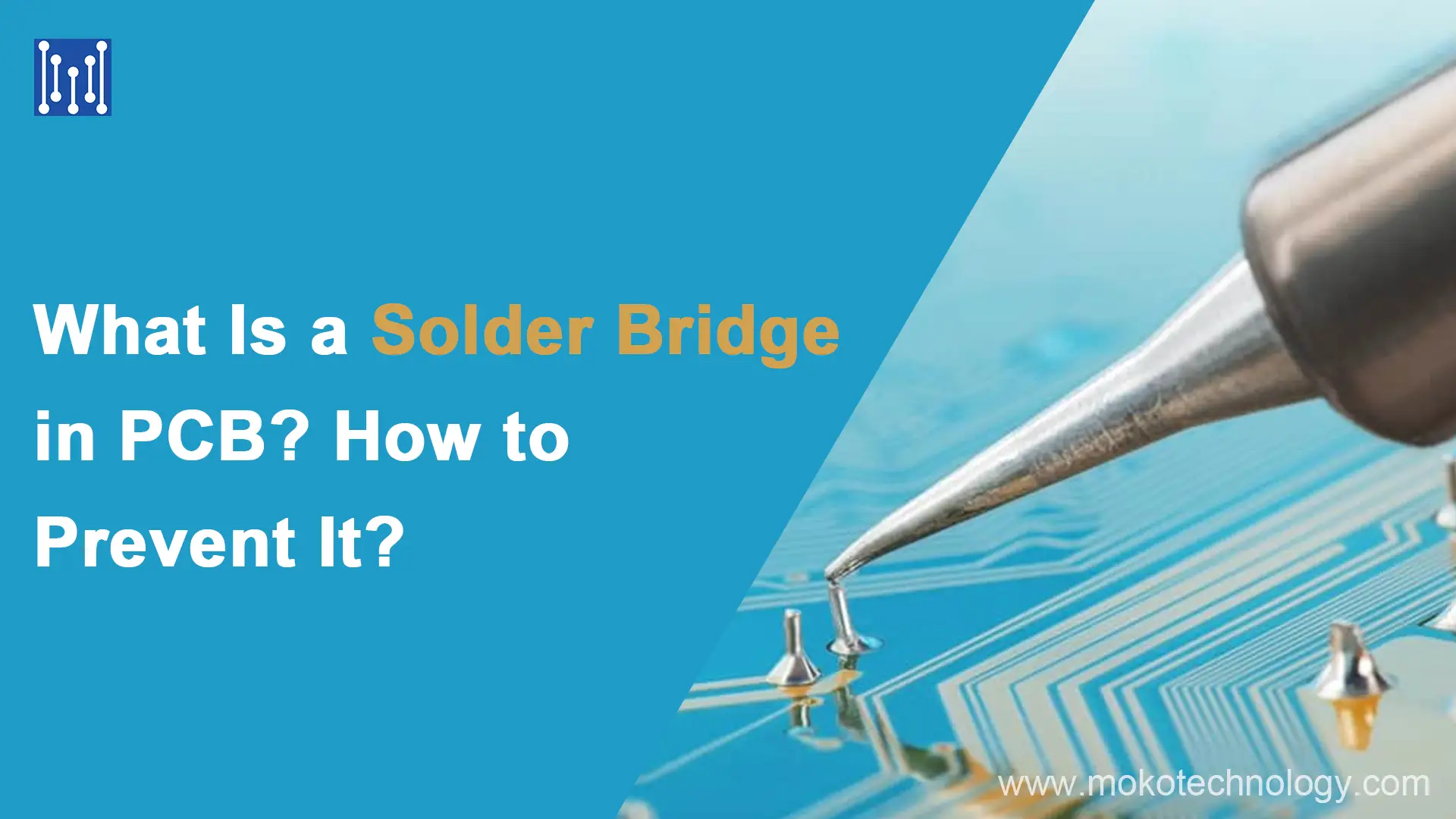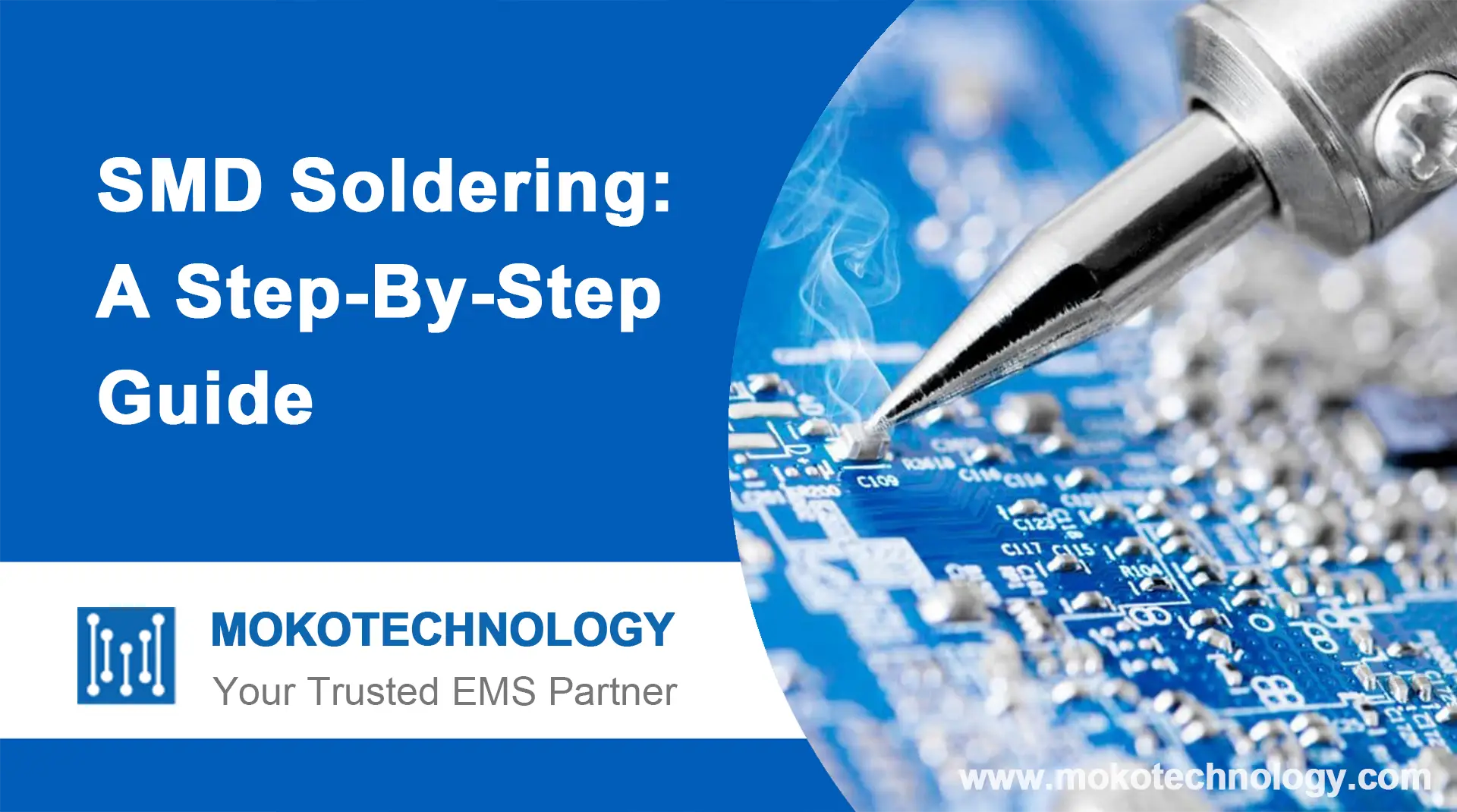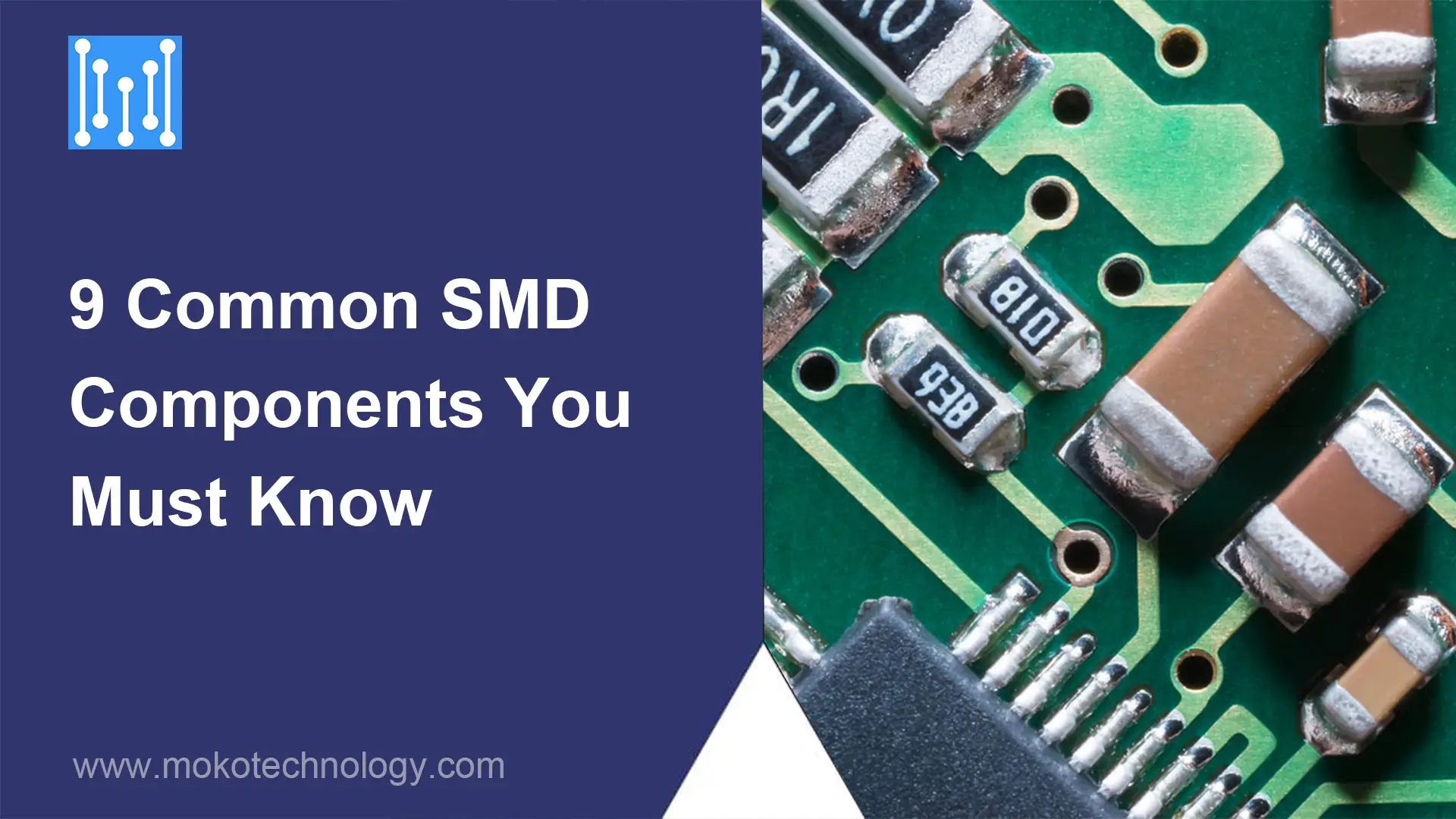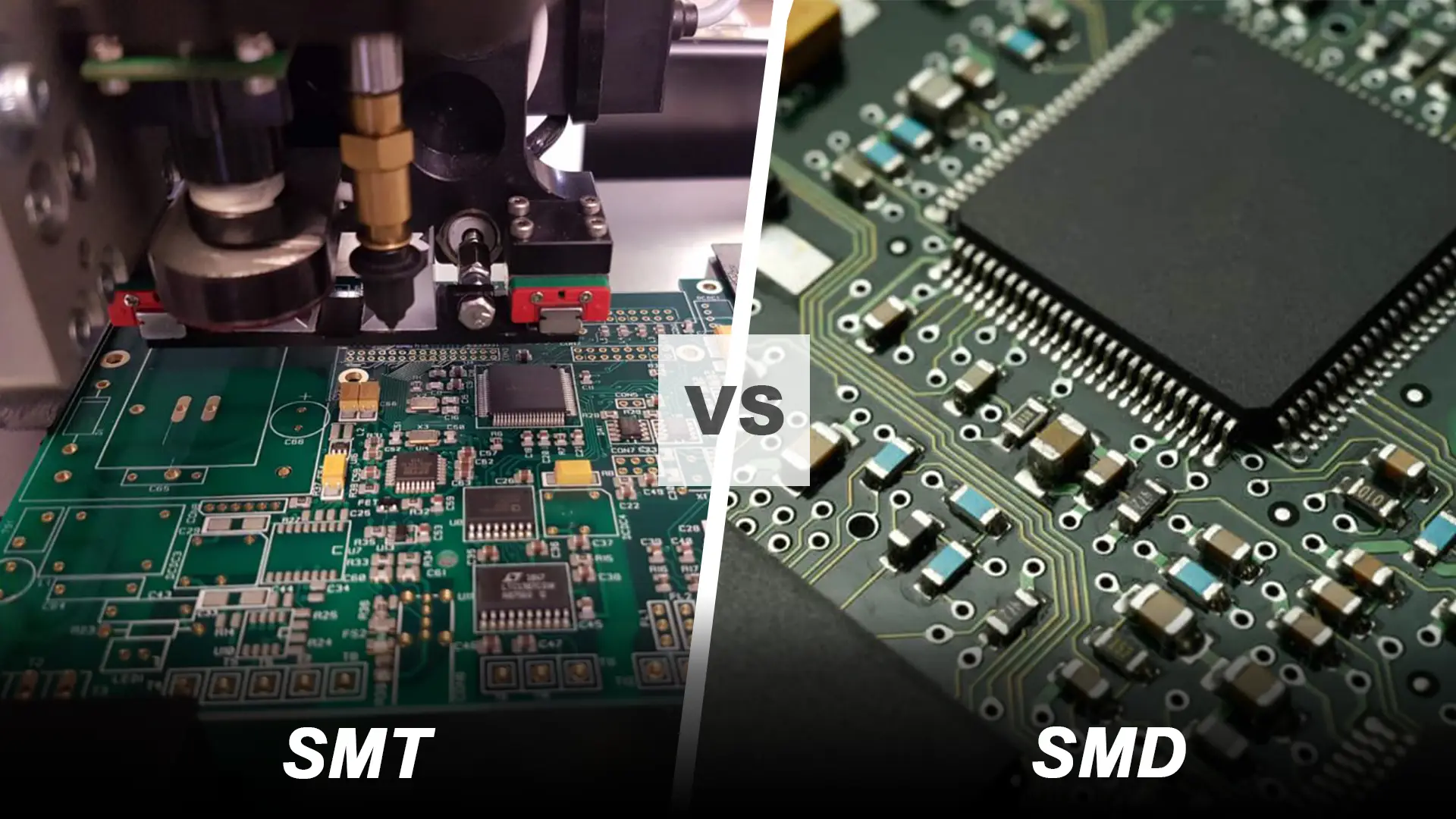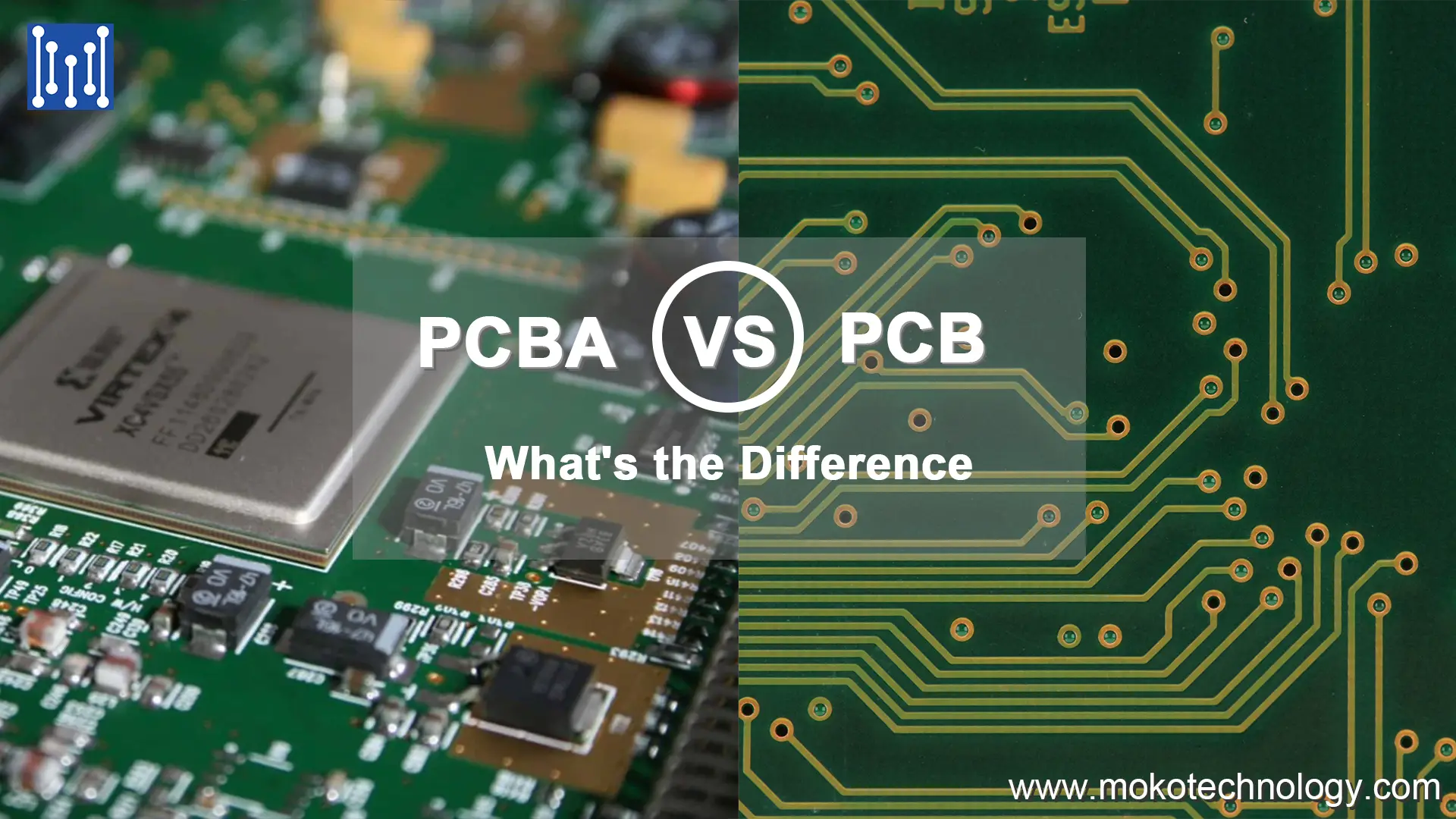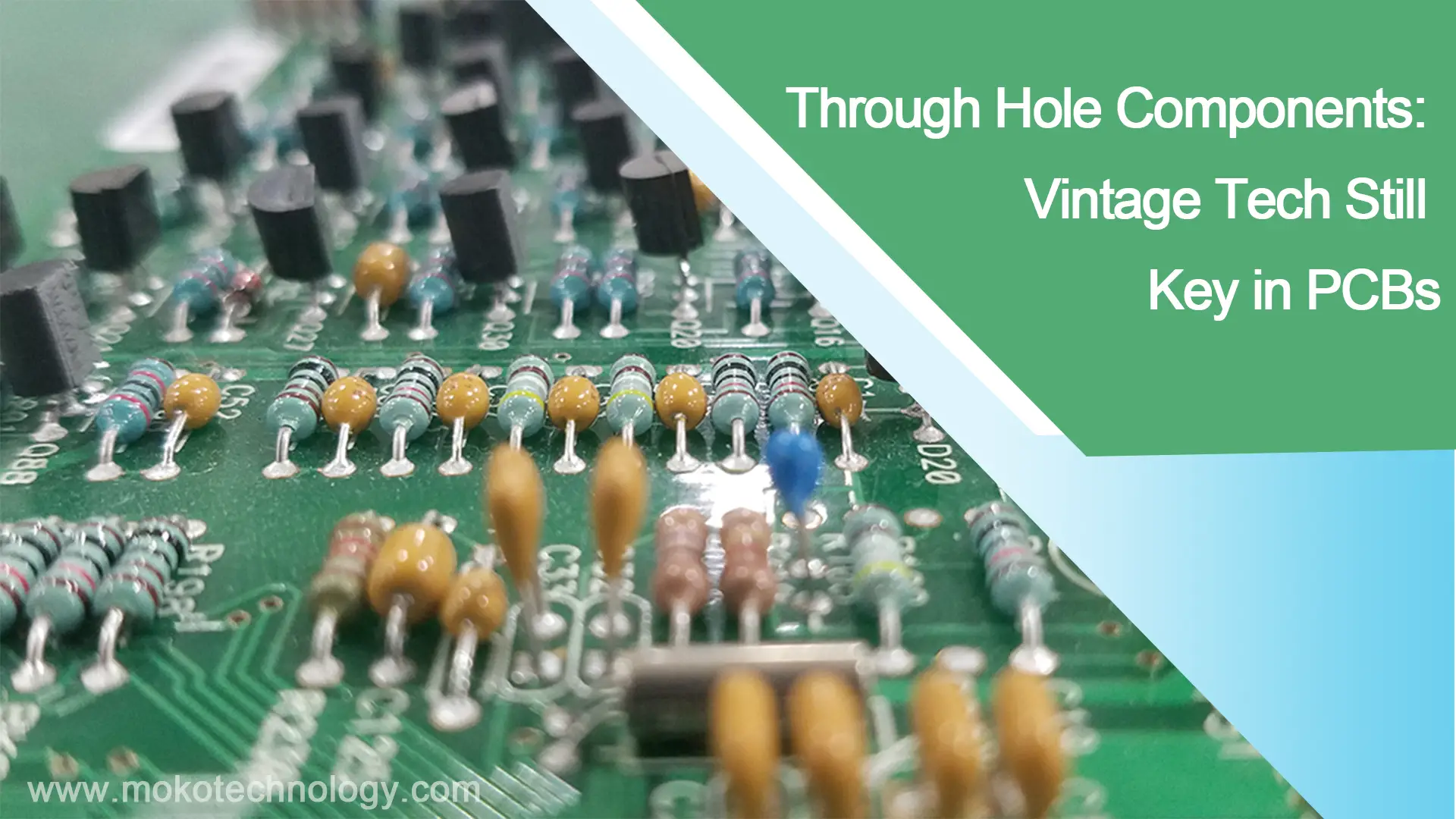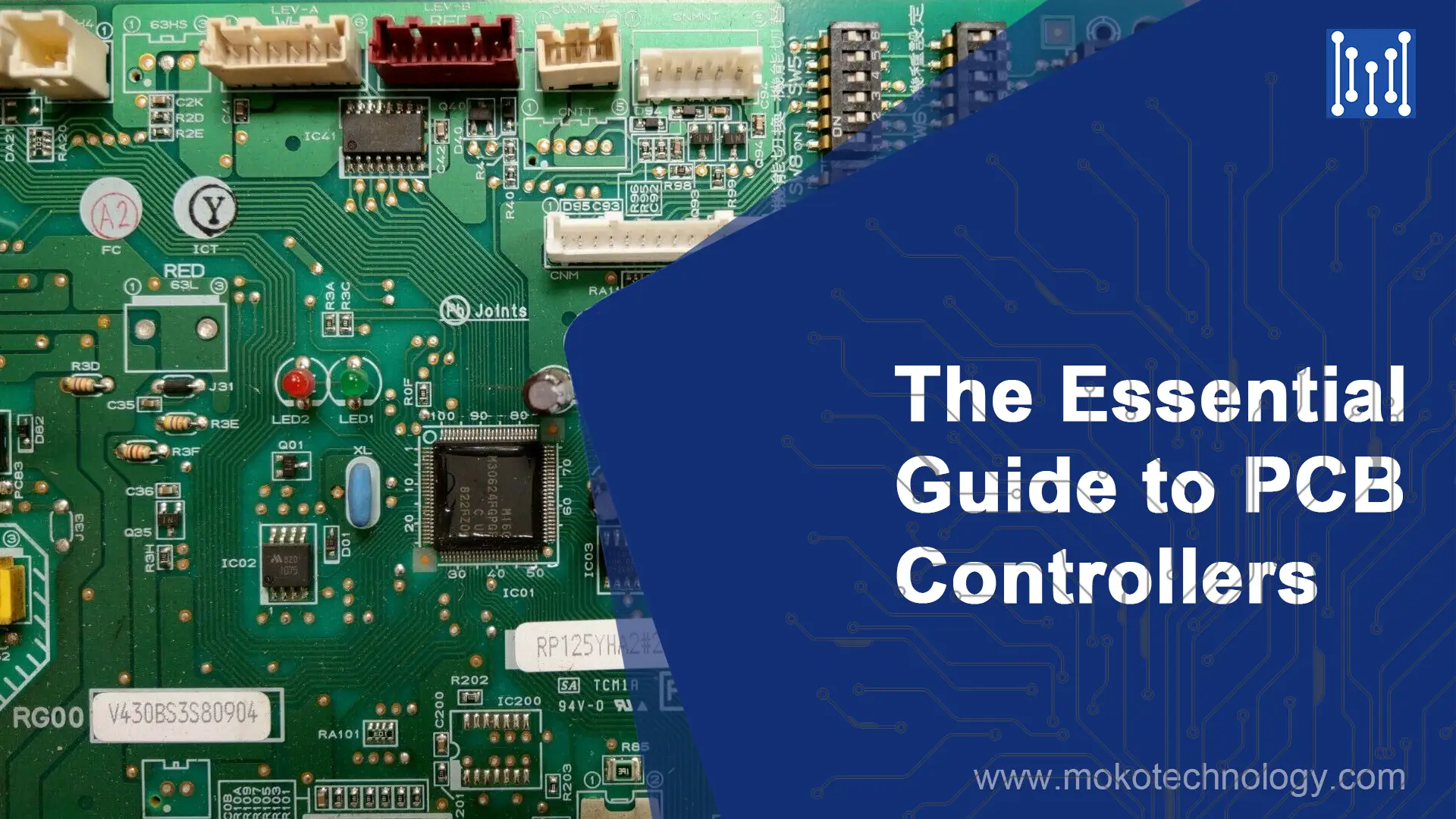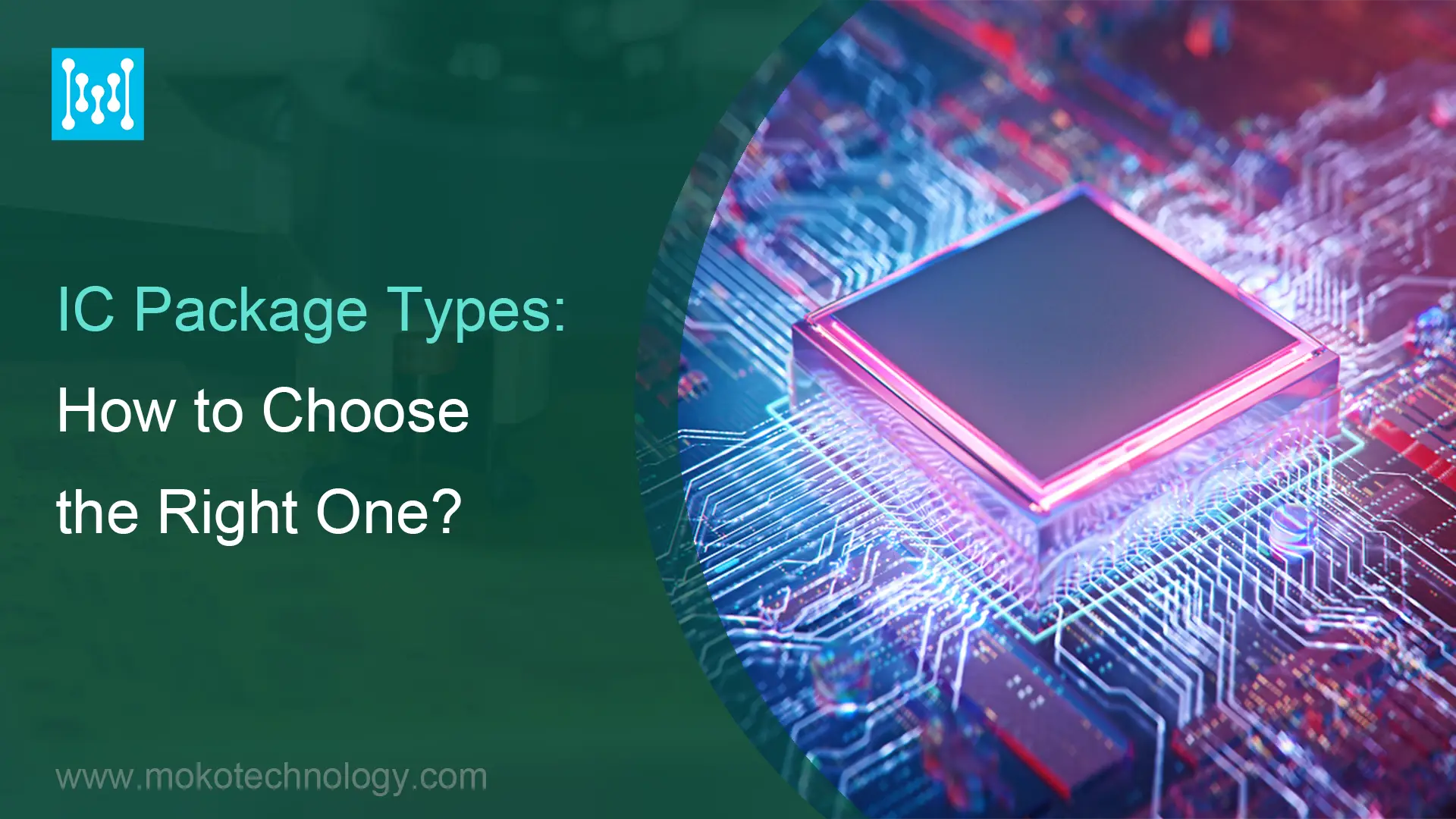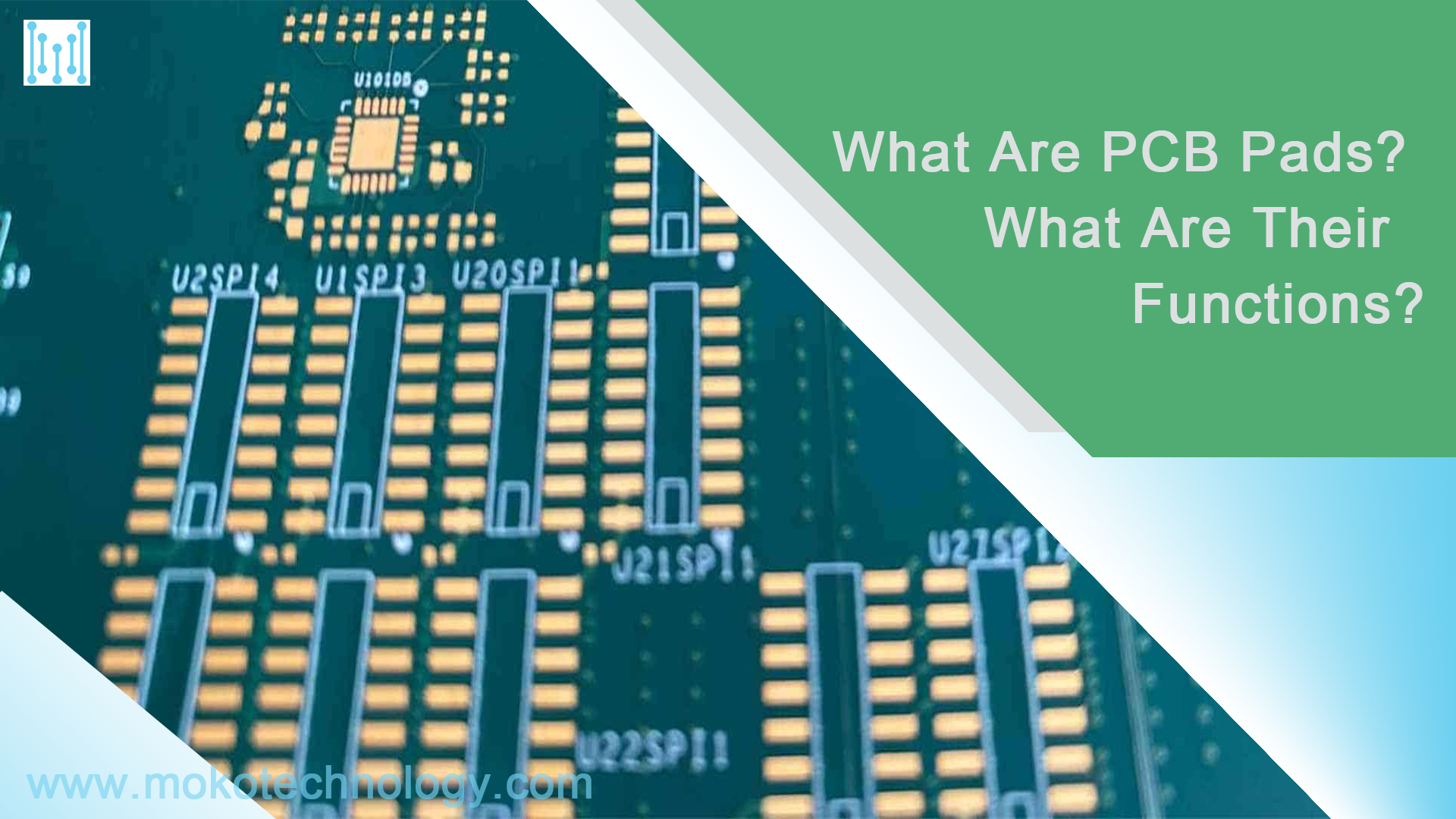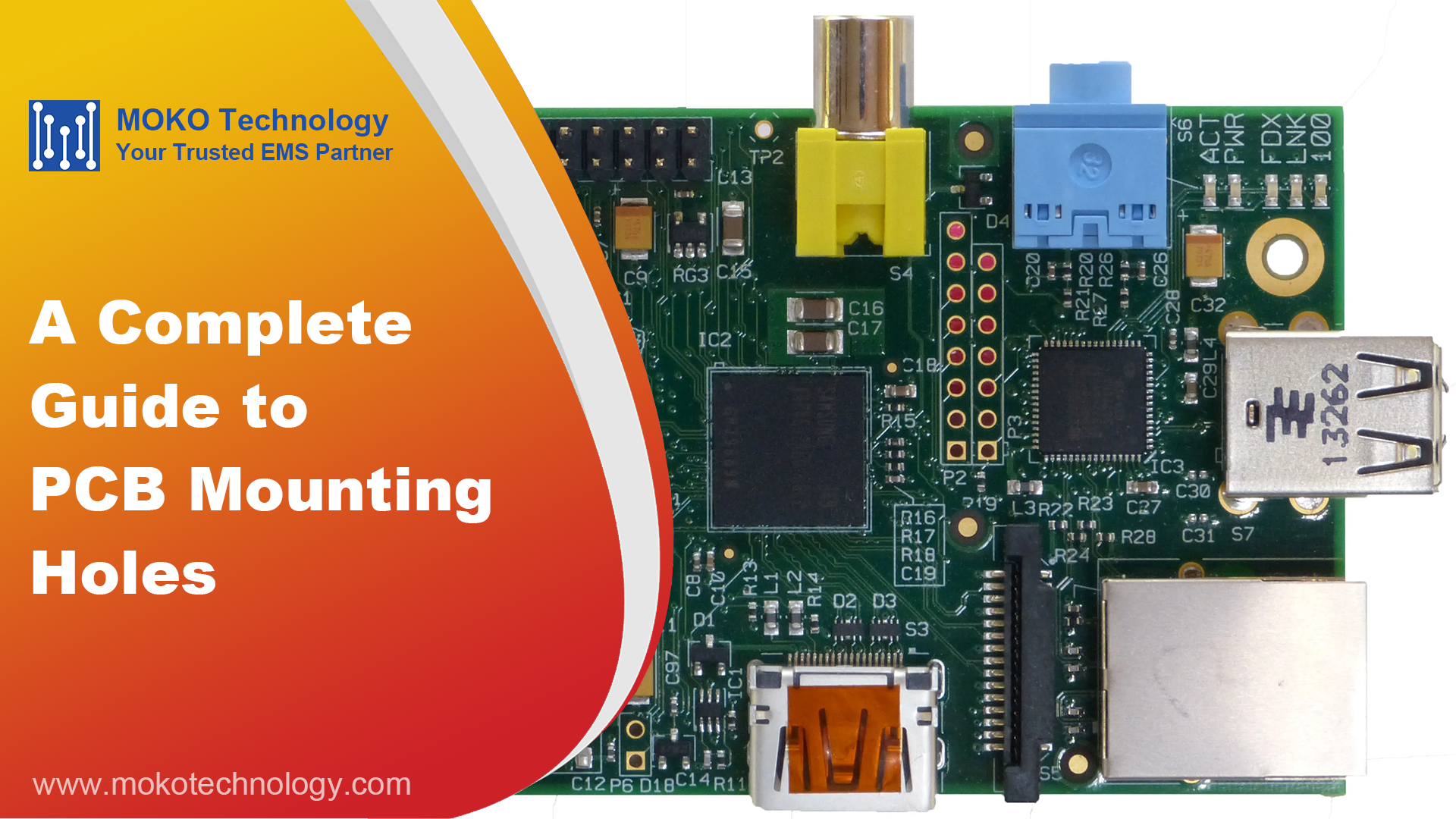What Is a Solder Bridge on PCB? How to Prevent It?
Flawless PCB soldering is imperative for proper functioning of a printed circuit board. However, even experienced technicians can make small mistakes that lead to soldering defects. One common issue is solder bridging, which can cause short circuits and other problems that impair the PCB’s performance. Properly addressing solder bridges is crucial for assembling high-quality PCBs that…
What Is a Solder Bridge on PCB? How to Prevent It? Read More »
